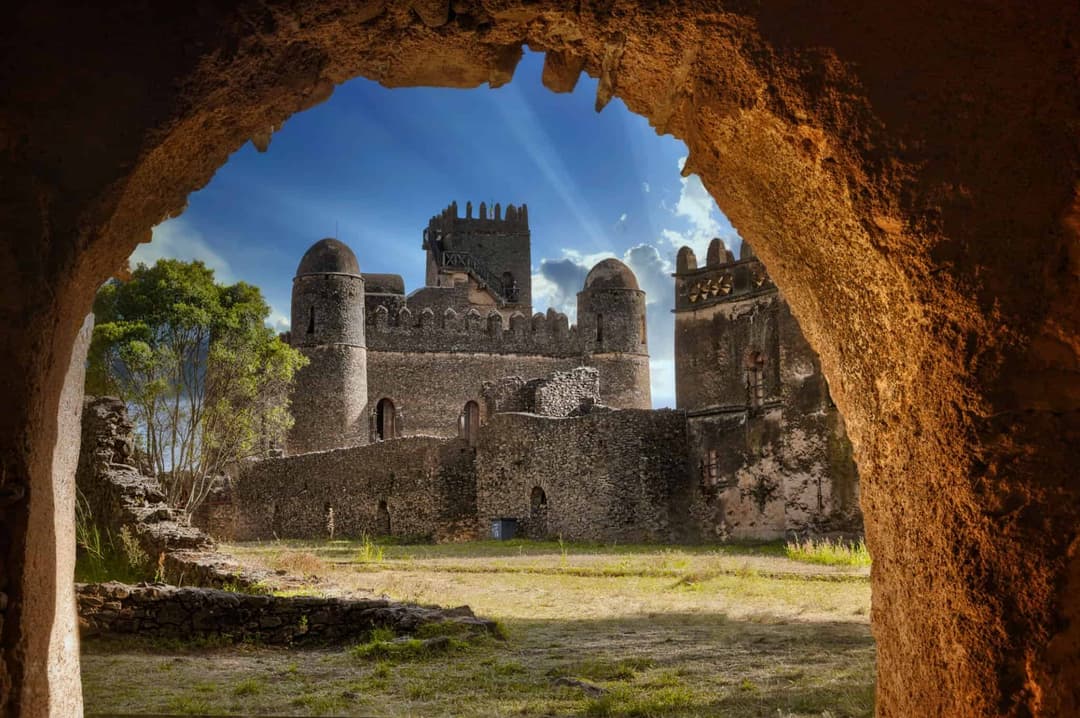Capture diverse wildlife, including Olive Baboons, Salt's Dikdiks, and Beisa Oryx, while photographing a wide variety of bird species in the park's stunning landscapes.

Introducing Ethiopia's Wildlife And Cultural Encounters
Awash & Hyena Men Of Harar
Start a voyage on a captivating journey through Ethiopia's diverse landscapes, where wildlife encounters and cultural experiences await photographers seeking extraordinary moments. This 5-day extension takes you to the spectacular Awash National Park, home to diverse mammals and a plethora of bird species. Capture the magnificence of Nile Crocodiles and photograph avian wonders like Lappet-faced Vultures, Tawny Eagles, and Abyssinian Rollers.
Immerse yourself in the ancient city of Harar, known for its rich history and unique traditions. Witness the awe-inspiring Hyaena Men, as they interact with spotted hyenas in a mesmerizing display of trust and connection. Explore Harar's ancient medina, capturing the vibrant streets, bustling markets, and ornate mosques. Photograph the mesmerizing Yellow-billed Kites as they swoop down to feed.
This extension offers a blend of wildlife photography, cultural immersion, and unforgettable encounters, adding an extra dimension to your Ethiopian adventure.
Destination Highlights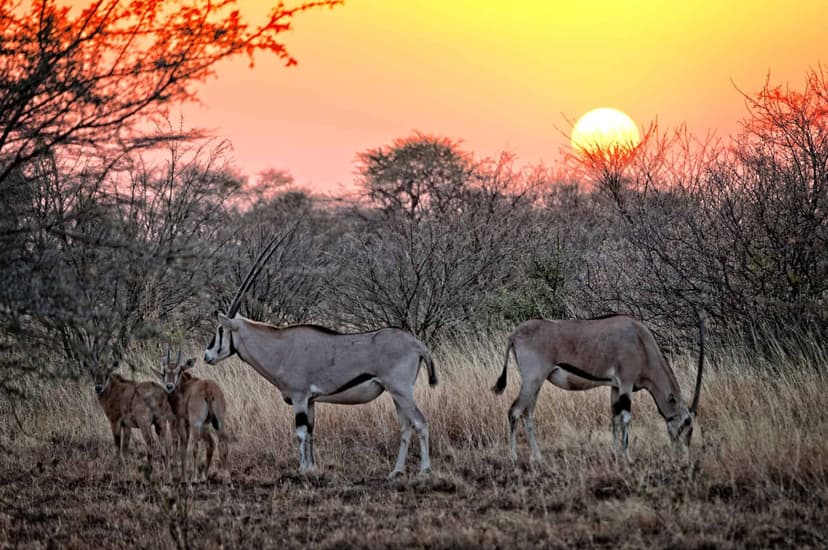

Highlighted Destinations
Immerse yourself in the ancient city's captivating history, explore the winding alleyways of the medina, and witness the vibrant culture and architecture that make Harar a photographer's paradise.
Witness a truly unique spectacle as the Hyaena Men interact with spotted hyenas up close, offering unparalleled photography opportunities and an unforgettable wildlife encounter.
Engage with the local Afar people in the Bilen area, gaining insight into their traditional lifestyle and capturing authentic portraits and cultural moments.
Itinerary at a Glance
Day by day Tour Itinerary
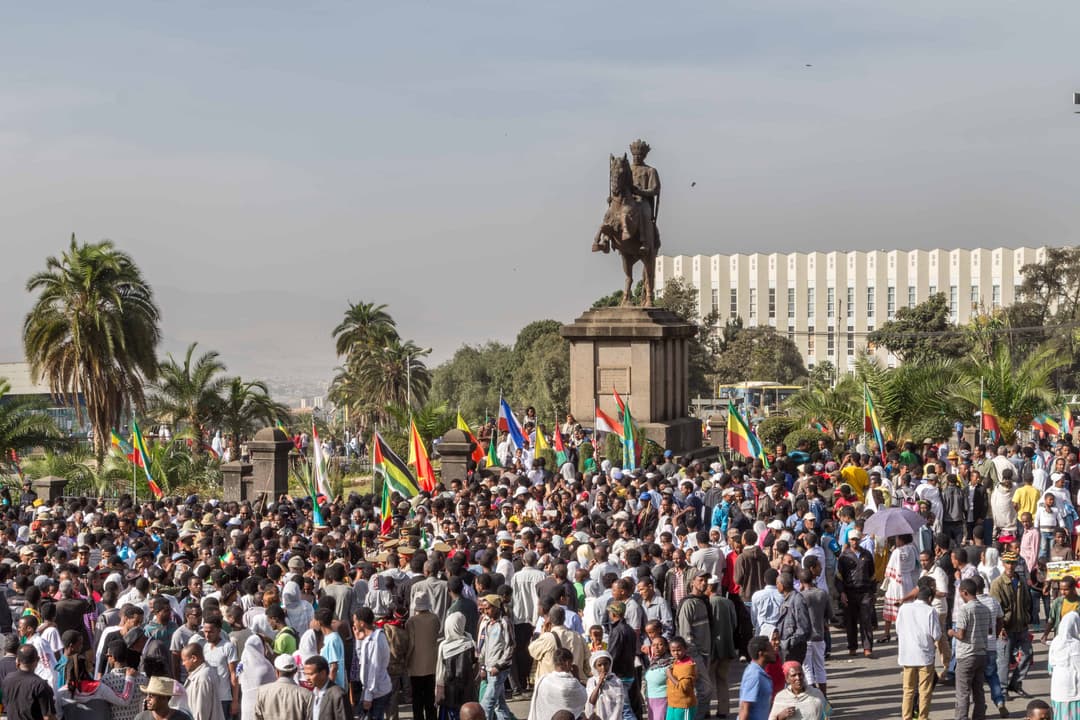
DAY 1: DRIVE TO AWASH NATIONAL PARK
- We will leave Addis Ababa behind and head eastwards, leaving the fertile highlands behind and traveling through an increasingly arid country until we reach Awash National Park, where we will stay overnight at a comfortable lodge at Awash Falls.
- The spectacular falls are right beside the lodge and are a great place to practice the pleasing effect of slow shutter speeds as the light dims. Large Nile Crocodiles are a feature here and can be photographed on the river banks and partly-submerged rocks, displaying those awesome arrays of teeth. This afternoon will have our first opportunity to explore further afield.

DAY 2: EXPLORE AWASH NATIONAL PARK
- We will spend the morning at Awash National Park. The terrain is mostly a mosaic of grassland and acacia scrub, but the Awash River flows through the area and supports some thin strips of riverine forest in places. A distinct advantage of Awash (and indeed all national parks we visit in Ethiopia) compared to many other African parks is that one is allowed to get out of the vehicles and photograph on foot owing to the virtual absence of dangerous mammals.
- Awash holds some interesting mammals, including Olive Baboon, the delightful little Salt's Dikdik, and the handsome Beisa Oryx. With a bit of luck, we will also encounter Northern Lesser Kudu.
- Birdlife is rich and varied (over 400- species have been recorded from Awash) and among the most appealing photographic targets are the huge Lappet-faced Vulture, Tawny Eagle, Pallid and Montagu's Harriers, Pygmy and Lanner Falcons, Kori, Buff-crested and White-bellied Bustards, Black-headed Lapwing, Chestnut-bellied Sandgrouse, Blue-naped Mousebird, the superb Abyssinian Roller, the wonderful Northern Carmine Bee-eater (which sometimes uses the backs of Kori Bustards or even Somali Ostriches as a convenient lookout!), Northern Red-billed and Eastern Yellow-billed Hornbills, and the lovely Rosy-patched Bushshrike (pairs often duet together).
- This afternoon we will penetrate further into the Awash region, to the Bilen area for a two-night stay. This interesting area is inhabited by Afar people who were formerly nomadic herders but now live a more settled existence, although they continue to use the long, rounded thatched dwellings that they used while moving from one area of pasture to another.
- Late this afternoon we will start our exploration of the Bilen area.

DAY 3: EXPLORE
- The dry plains of this part of the Awash River region hold the near-endemic Sacred (or Hamadryas) Baboon, as well as Soemmering's Gazelle, Beisa Oryx, and the long-necked Northern Gerenuk. Interestingly, the Golden Jackals of Africa have recently been split off as a distinct species, African Golden Wolf, on the basis that their genetics place them closer to wolves and coyotes. There is a good chance of photographing this newly ‘promoted' wolf in this area.
- The open grasslands and acacia bushlands here are a stronghold of the stately, but declining Arabian Bustard, while other great birds to photograph include such restricted-range specialties as the huge Somali Ostrich, Hartlaub's Bustard, and Somali Fiscal. If we are in luck we will come across an Arabian Bustard with one or more Northern Carmine Bee-eaters riding on its back! This truly extraordinary photographic highlight is dependent on how many bee-eaters are around. They use the bustards as convenient ‘lookout posts' from which to hawk large flying insects. Somewhat surprisingly, the bustards seem to tolerate these colorful ‘hitch-hikers'.
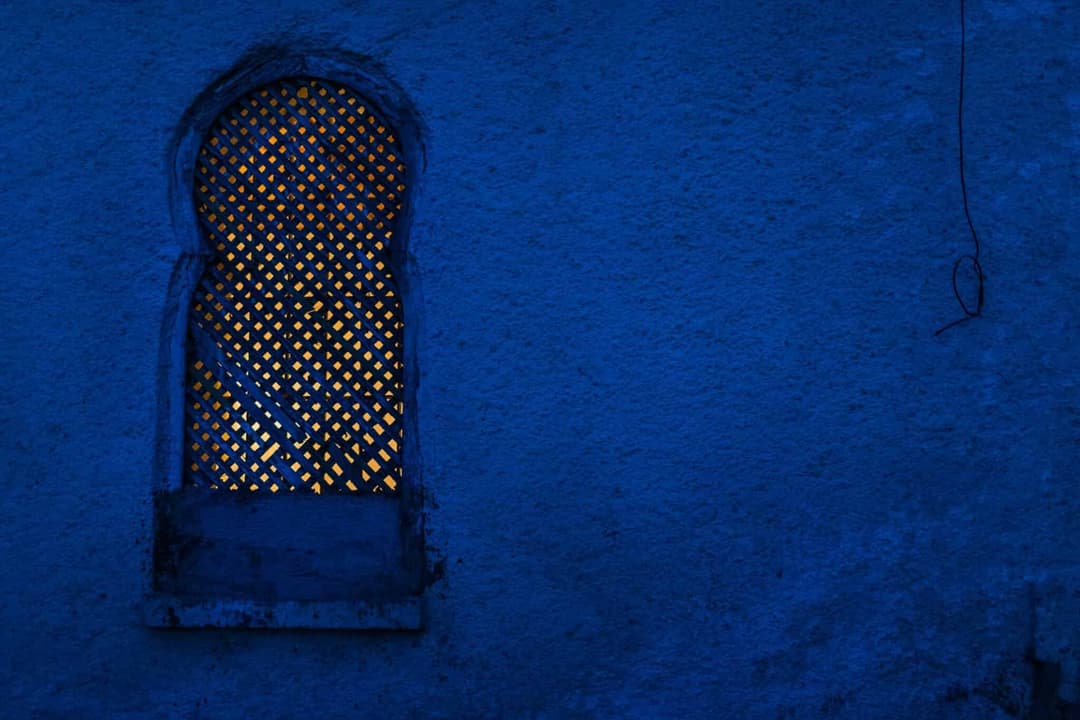
DAY 4: HARAR
- We will spend the early morning in the Bilen area before setting out for the Chercher Mountains and the city of Harar, where we will spend two nights. We will arrive in the afternoon in time to prepare for our first session this evening with the ‘Hyena Men'.
- Harar is an ancient city, known simply as Gey (‘the city') to its inhabitants. The date of its foundation is unknown, but it was already important by the 13th century and later became the capital of the Adal Sultanate and its successor state, the Emirate of Harar, in the 16th century.
- Quite how the Hararis started feeding Spotted Hyenas is lost in legend, but it does seem they were tolerated and indeed encouraged in the city as nocturnal scavengers as far back as the 16th century, as low doorways were built at that time in the city walls to accommodate them! The various legends about feeding include stories that they were publicly fed porridge so that they could act as impromptu soothsayers through their style of eating it, or that they were fed to discourage them from eating livestock or even people during droughts, or even that Muslim saints communicated with their clan leaders and persuaded them not to do harm in return for handouts.
- In any event, it seems the feeding had long since stopped before it was revived in the 1950s or 1960s, perhaps through nothing more than chance encounters with hyenas and the inclination to see if they would accept food. Since then it has become a nightly event at Harar, with two senior ‘Hyena Men', Mulugeta Wolde-Mariam and Yusuf Mume Saleh, and their assistants, operating at two different sites outside the walls.
- Spotted Hyenas have a fearsome reputation, only partly because of their manner and appearance, but also because of their ruthless hunting style in the wild, so seeing them come close to humans and take meat from small sticks held in what seems a tiny hand, next to their huge muzzles, or even a human mouth, seems pretty awesome to the rest of us! Not only do the hyenas take food but they ‘lovingly' rest their huge paws on the Hyena Man's back or head and generally behave like large friendly dogs!
- As well as being able to take photographs, at close range, of the Hyena Men and their nightly ‘guests' from the surrounding forests (where the hyenas live a perfectly normal life for 23 hours a day), we will also be able to get great shots of them lurking in the background, resting before they feed or prowling in sinister fashion. If you are so inclined you can get down low for better angles (so far they have never eaten anyone!) and if you are really brave you will get the chance to feed them yourself.
- Needless to say, the whole experience is utterly unforgettable and a wildlife photography encounter that is completely unique.

DAY 5: HARAR
- This morning there will be time to explore the ancient medina of Harar and its surrounding fortifications, known as the Jugal (or Jugol). The walled old city dates back to around the 16th century and is a fascinating warren of small alleyways, markets, mosques, and ancient buildings. Harar is widely considered to be the 4th holiest city in Islam, after Mecca, Medina, and Jerusalem, but today it is famed for its tolerance of other faiths, and Harar beer, brewed naturally enough by Christians, is widely available. It is said that there are 99 mosques in Harar, chiming with the 99 known names of Allah, but in reality, there are ‘only' 86. Harar is a wonderful place for photography, especially if you get out early while the light is at its best.
- We will also enjoy a photographic session with the ‘Kite Man' of Harar. Feeding the Yellow-billed Kites is a recent development, not some ancient tradition, but it is fun to watch and photograph the kites swooping down and often squabbling in mid-air over small pieces of meat from the ‘Kite Man's' hands.
- During the late afternoon, we will try and find some of the Spotted Hyenas lurking in the dry woodland near the town prior to gathering for the evening feast. It will be good to have some daytime shots to balance the nocturnal spectacle. After dark, we will, of course, return for a second session outside the town walls with the ‘Hyena Men', something none of us will ever forget!
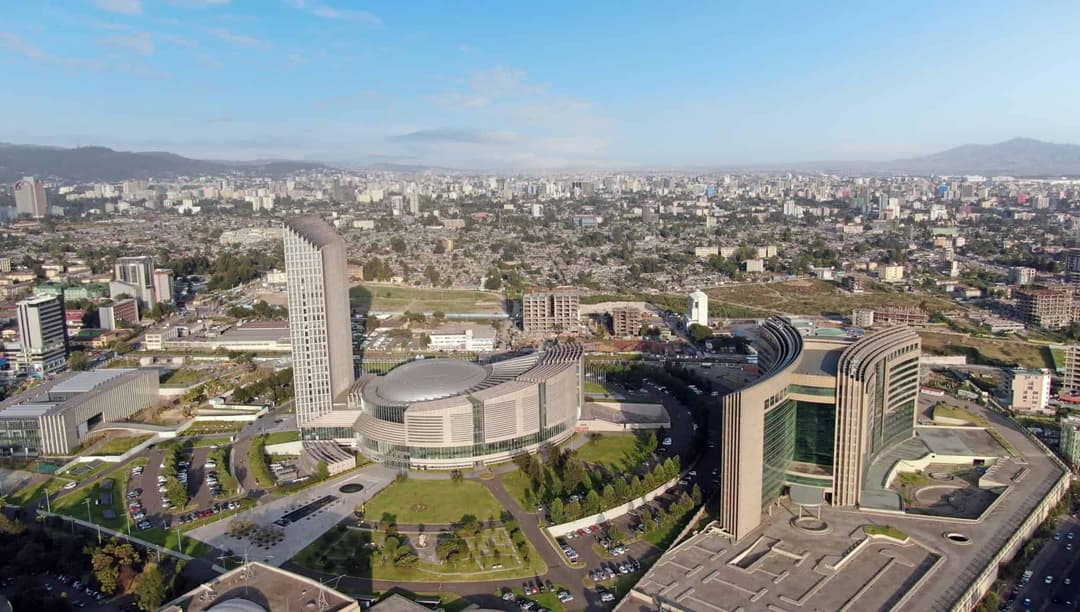
DAY 6: FLY TO ADDIS ABABA
- Today we will return to Addis Ababa, where the extension ends in the evening.
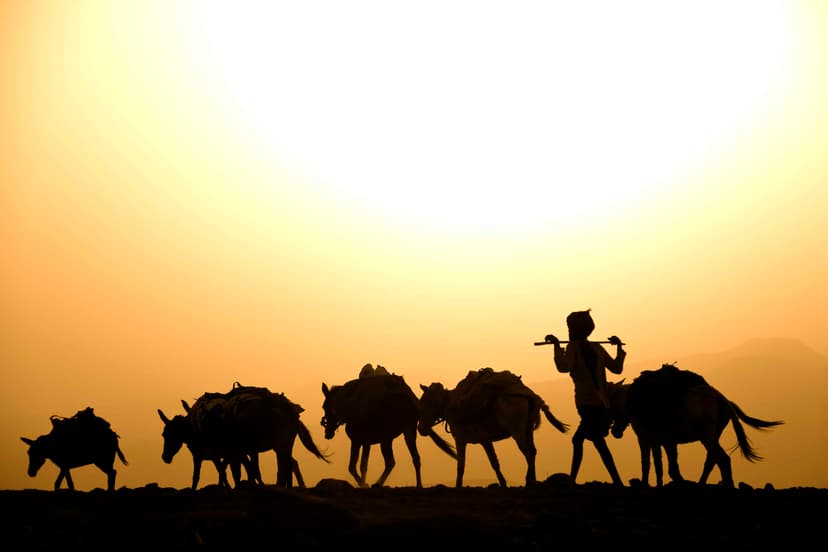
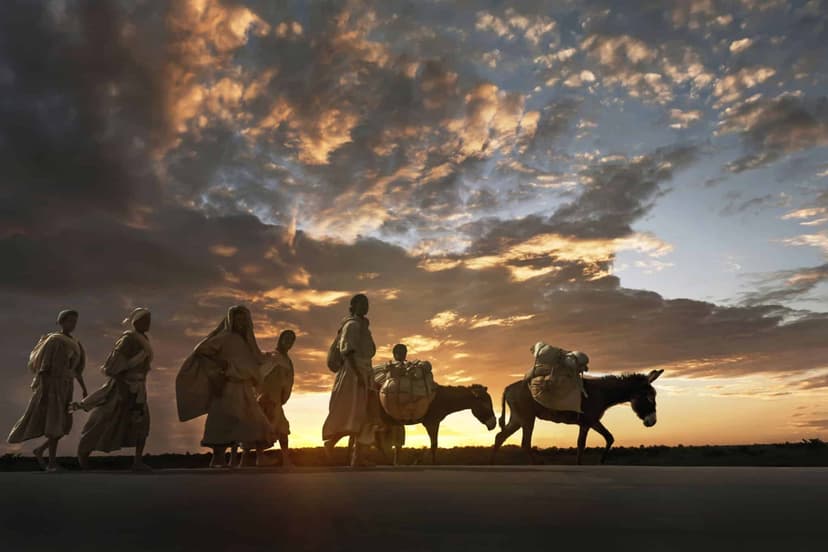
How Can We Help You Create an Extraordinary Ethiopian Adventure?
At Sawla Tours, we are passionate about turning your travel dreams into reality. With years of hands-on experience in crafting unforgettable journeys to Ethiopia, we are your go-to experts in deciding when to travel, where to explore, and what to discover.
Whether you have a detailed itinerary in mind, seek professional advice, or simply don't know where to begin, we're eager to assist. Reach out to us today, and together, we'll create an extraordinary travel experience tailored just for you.
Contact Us Now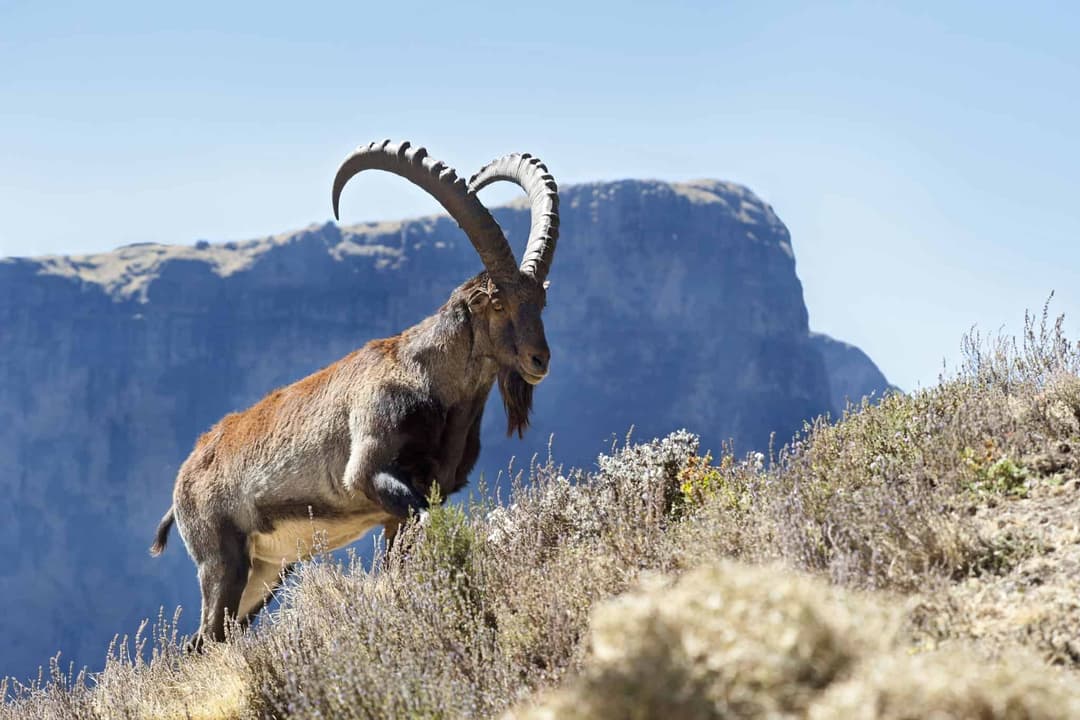
Ethiopia Tour Themes
Discover More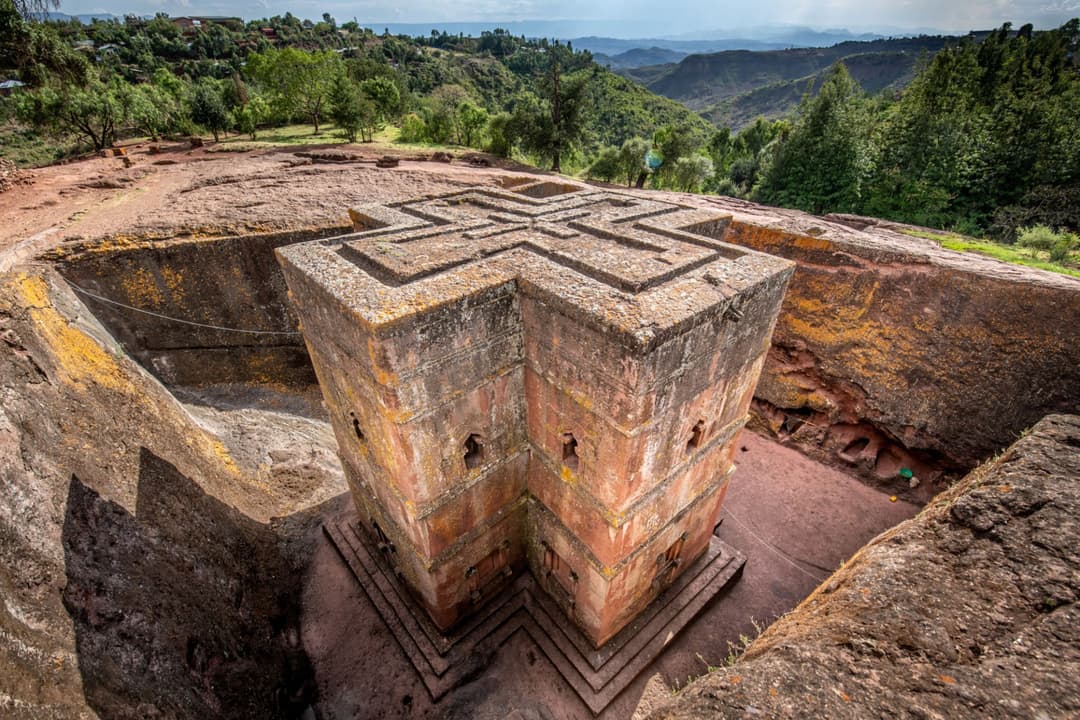
Popular Destinations
Discover More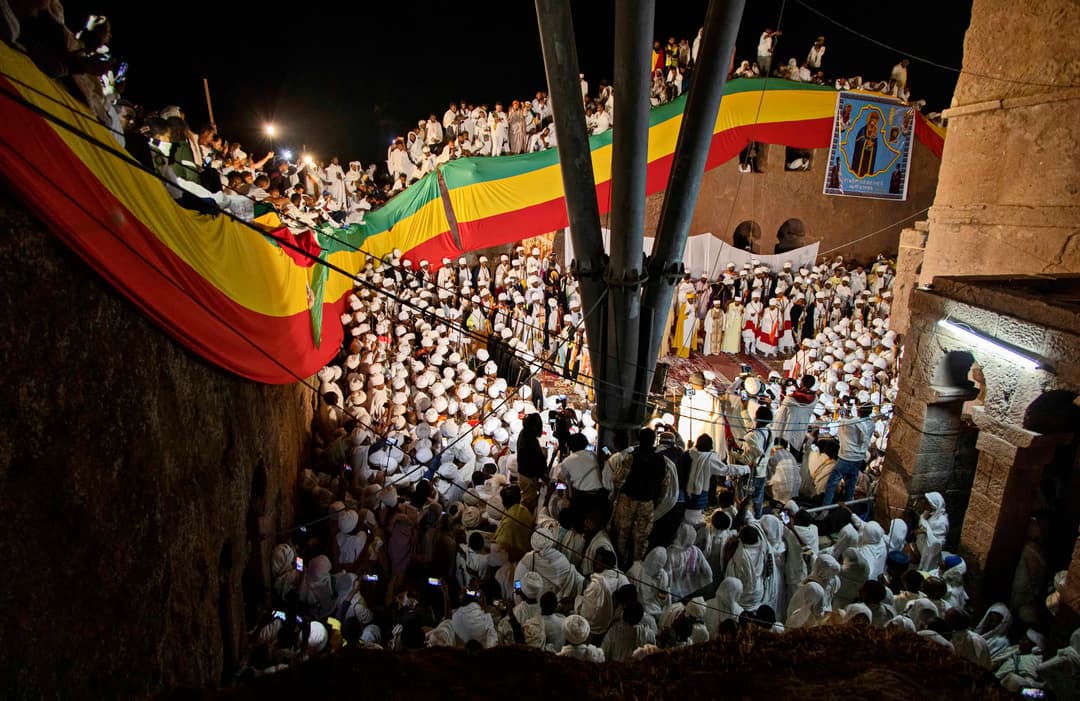
Itineraries By Experience
Discover More